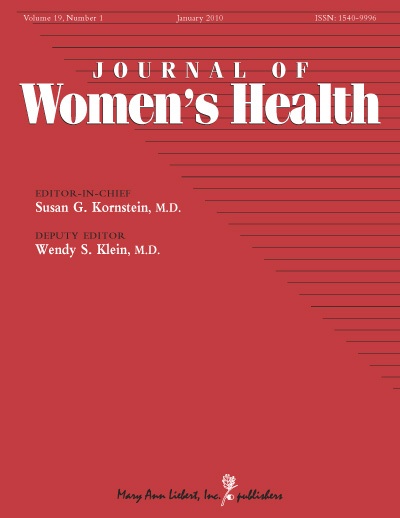Resumen
OBJECTIVE: To study the influence of socioeconomic variables, lifestyles, and sexual behaviors on the prevalence of high-risk human papillomavirus (HR-HPV) infection in female sex worker (FSW) according to their geographic origin in Alicante, Spain. METHODS: This is a cross-sectional study of 549 FSW attending an AIDS information and prevention center from May 2003 to December 2004. Face-to-face interviews were carried out. HR-HPV was determined through Digene HR-HPV Test. Hybrid Capture II-positive samples (Digene Corp., Gaithersburg, MD) for PCR were directly sequenced. Data were analyzed using multiple logistic regression. RESULTS: HR-HPV prevalence was 28% in Spaniards, 32% in Latin Americans, 32% in Eastern Europeans, 16% in sub-Saharan Africans, and 65% in North Africans (p=0.04). Lower HR-HPV prevalence was associated with higher age, higher education, and higher body mass index (BMI) (p values for trend<0.05). In multivariate analyses, the effects of geographical origin, age, and education were maintained, together with time in sex work; women engaged for >1 year had a lower HR-HPV prevalence (OR 0.57, 95% CI 0.36-0.91) compared with those engaged <1 year. HR-HPV-16 was the most common type (n=23, 24%), followed by HR-HPV-18 and HR-HPV-31, (n=11, 11%), respectively. CONCLUSIONS: HR-HPV prevalence is very high in FSW and varies by geographic origin. Women of younger age and lower education level and those engaged in sex work for <1 year showed the highest prevalence, making them a priority group for cervical cancer prevention programs. (Resumen extraído del artículo)






